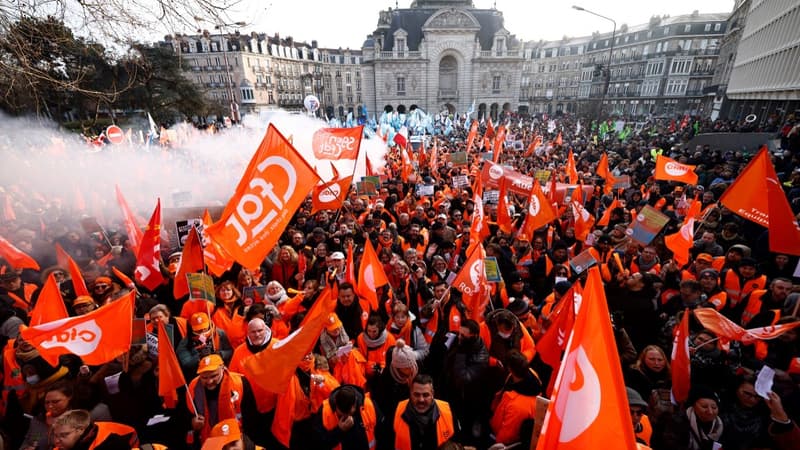A day of massive strike penalizes the country’s economic activity -despite the subsequent effects of recovery- but also the economy of the strikers. In fact, the latter give up a day’s salary when they go on strike. For the most precarious, the minimum day’s salary withdrawn can represent a substantial sum at the end of the month.
The financial consequences obviously vary from one status to another. For an employee in the private sector, the average hourly salary was 11.3 euros net according to INSEE data in 2019, which means 79.1 euros net in a 7-hour workday. For a worker, this average net salary is 82.6 euros for the same daily hourly volume and even reaches 193.2 euros net per day for a manager.
No automatic refund
While some unions want to record the mobilization against the pension reform over time, a rolling strike could be hard for some strikers to bear.
It is to respond to this problem that the unions are creating strike funds that call for solidarity to support the most precarious workers who go on strike. Its amount varies according to the organizations: by the CFDT, the remuneration reaches a maximum of 7.70 euros per day for affiliates.
“On the other hand, it serves to raise money to organize solidarity, that is, it allows people who are not on duty on strike days, who are retired or who have sufficient income to donate money to a strike fund.” And to add: “This limits the damage to our colleagues who have the lowest and most precarious income.”
Source: BFM TV


